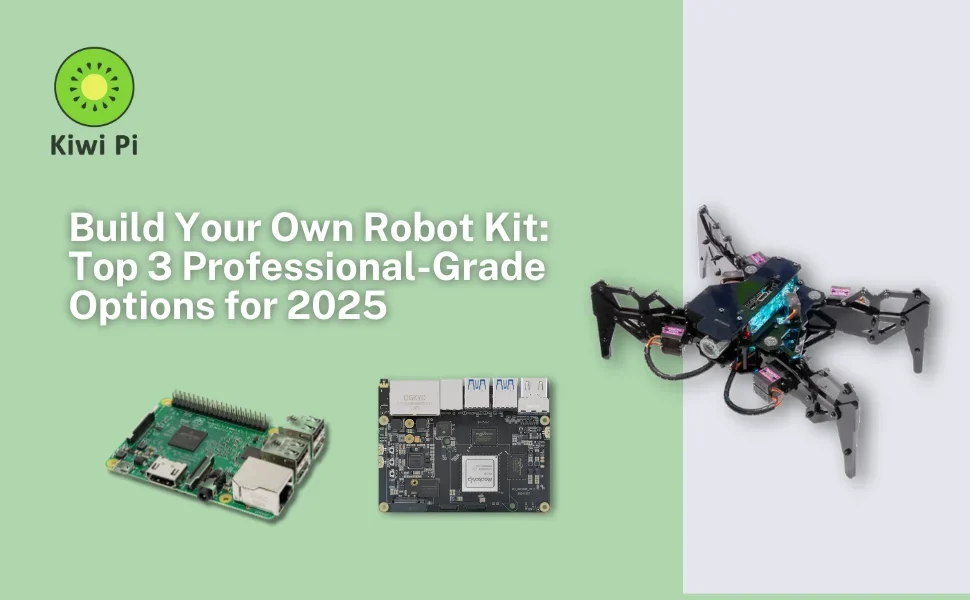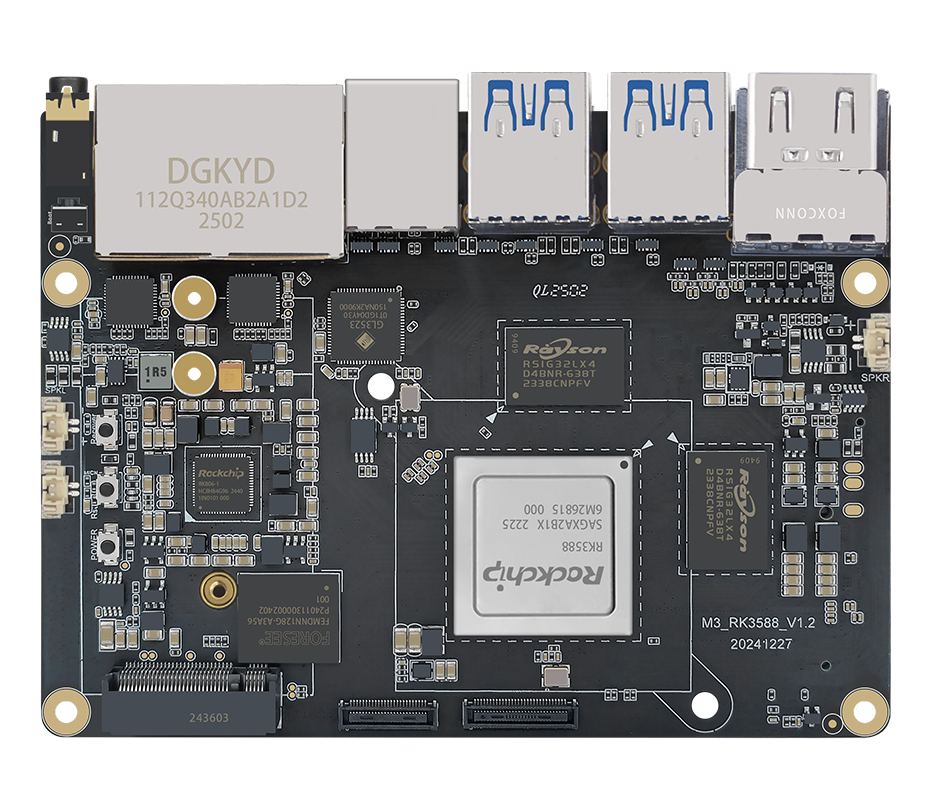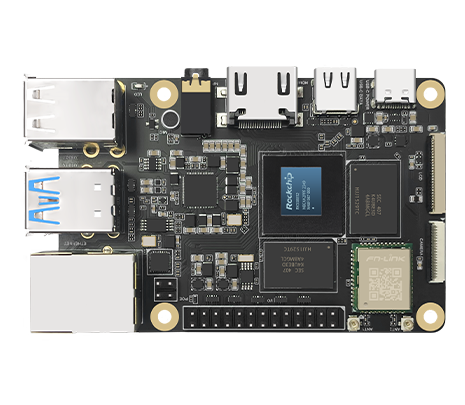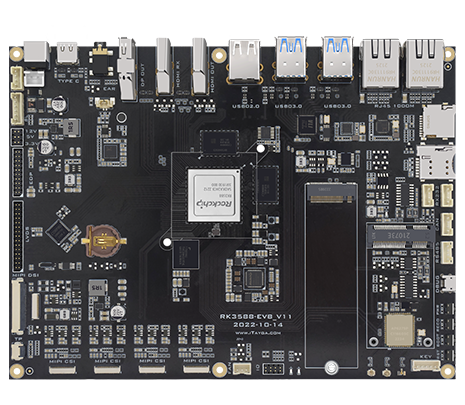
Articles
Build Your Own Robot Kit: Top 3 Options for 2025
With over ten years of robotics education experience, I am writing this comprehensive guide to show how the right build-your-own robot kit can turn beginners into skilled roboticists. Although many options are available on the market, only a few kits offer professional-level learning while remaining easy to use. In this article, I will review the top three kits that best achieve this balance, focusing on their technical specs, educational benefits, and practical applications.
1. Arduino-based Robotics Starter Kit
Why This Kit Stands Out
From my professional point of view, Arduino-based kits are the ideal starting point for dedicated robotics enthusiasts. This build-your-own robot kit's strength is its perfect balance of simplicity and practical use. Since Arduino technology is common in industry prototypes, working with these kits helps ensure that the skills learned are directly relevant to professional applications.
Technical Specifications
The standard kit includes:
Arduino Uno R3 microcontroller (or compatible)
Motor driver shield (L298N typically)
2-4 DC motors with wheels
Ultrasonic distance sensor (HC-SR04)
Line-following sensor array
Chassis and structural components
Battery pack with power management
Educational Value
Having taught university-level robotics courses, I especially value how this build-your-own robot kit introduces core concepts:
Real-world C++ programming (not simplified languages)
PWM motor control
Sensor integration and data processing
Basic control theory implementation
Because the platform is open-source, students can keep applying these skills and incorporate more advanced components as they advance.
2. Raspberry Pi Robot Kit with Computer Vision
Advanced Capabilities
In my professional opinion, this build-your-own robot kit signifies the next evolutionary stage beyond mastering Arduino-based systems. Incorporating a Raspberry Pi or Kiwi Pi single-board computer allows for the implementation of advanced robotics concepts that are not feasible with simpler microcontrollers.
Main Distinctive Features
What sets this kit apart in my experience:
Full Linux environment for complex programming
Native support for OpenCV computer vision
Multi-threading and network capabilities
GPIO and I2C/SPI interfaces for sensor integration
Camera module included in most kits
Professional Applications
Having worked on similar systems in industrial automation, I can confirm that the skills gained from this build-your-own robot kit have immediate professional relevance.
Autonomous navigation systems
Object recognition and tracking
Machine learning implementation
ROS (Robot Operating System) compatibility
The only drawback I've noticed is the steeper learning curve, which makes it less suitable for complete beginners.
Comparison of Top 3 Build Your Own Robot Kits
| Feature | Arduino Kit | Raspberry Pi Kit | LEGO Mindstorms |
|---|---|---|---|
| Programming Language | C++ (Arduino IDE) | Python/C++ | Scratch/Graphical |
| Processing Power | 16MHz | 1.5GHz Quad-core | 100MHz |
| Computer Vision | No | Yes (OpenCV) | Limited |
| Best For | Beginners to Intermediate | Intermediate to Advanced | Young Beginners |
| Professional Relevance | High | Very High | Low |
From my engineering perspective, this comparison clearly demonstrates that the choice of the right build-your-own robot kit depends entirely on the user's existing skill level and goals. LEGO kits are ideal for young learners, whereas Arduino and Raspberry Pi options offer more advanced development opportunities.
3. LEGO Mindstorms EV3 for Educational Use
Why Include LEGO in a Professional List?
Although my main focus is on industrial robotics systems, I am including LEGO Mindstorms because it plays a significant role in robotics education. Many professional roboticists I've collaborated with started their careers using these build-your-own robot kits.
Structural Advantages
What LEGO systems offer that others don't:
Instant mechanical prototyping capability
No specialized tools required
Perfect for teaching mechanical design principles
Standardized components ensure reliability
Educational Transition Path
In my professional opinion, the greatest value of LEGO kits lies in their ability to:
Introduce robotics concepts without coding barriers
Allow rapid iteration of mechanical designs
Provide immediate visual feedback of systems working
Serve as a gateway to more advanced platforms
However, I must emphasize that professionals will eventually need to transition to more capable platforms like the Arduino or Raspberry Pi options discussed earlier.
Conclusion: Choosing the Right Build Your Own Robot Kit
After examining these three build your own robot kits from a professional engineering perspective, several key insights emerge:
For serious beginners: Arduino-based kits offer the best balance of accessibility and professional relevance
For advanced users: Raspberry Pi/Kiwi Pi systems provide capabilities needed for modern robotics applications
For young learners: LEGO Mindstorms remains the gold standard for introductory robotics education
Having worked extensively with all three platforms, I can confidently say that the best build-your-own robot kit depends on your current skills and professional goals. Each of the three options discussed serves as an excellent starting point for mastering robotics. Based on my experience mentoring new engineers, I recommend selecting the most advanced kit you can handle comfortably, as this will help accelerate your development in the field. The skills gained from these kits lay the groundwork for more complex work in automation, AI, and industrial robotics.
P.S. If you're serious about a career in robotics, I highly advise supplementing any of these kits with foundational knowledge in linear algebra and control theory. Many beginners focus only on hardware, but in my view, understanding the math is what truly separates hobbyists from professionals. Kits like Arduino and Raspberry Pi are excellent platforms for applying these concepts practically.
It's also worth noting that most professional robotics labs I've visited keep at least one of these kits for quick prototyping, highlighting their continued importance even at advanced levels.


